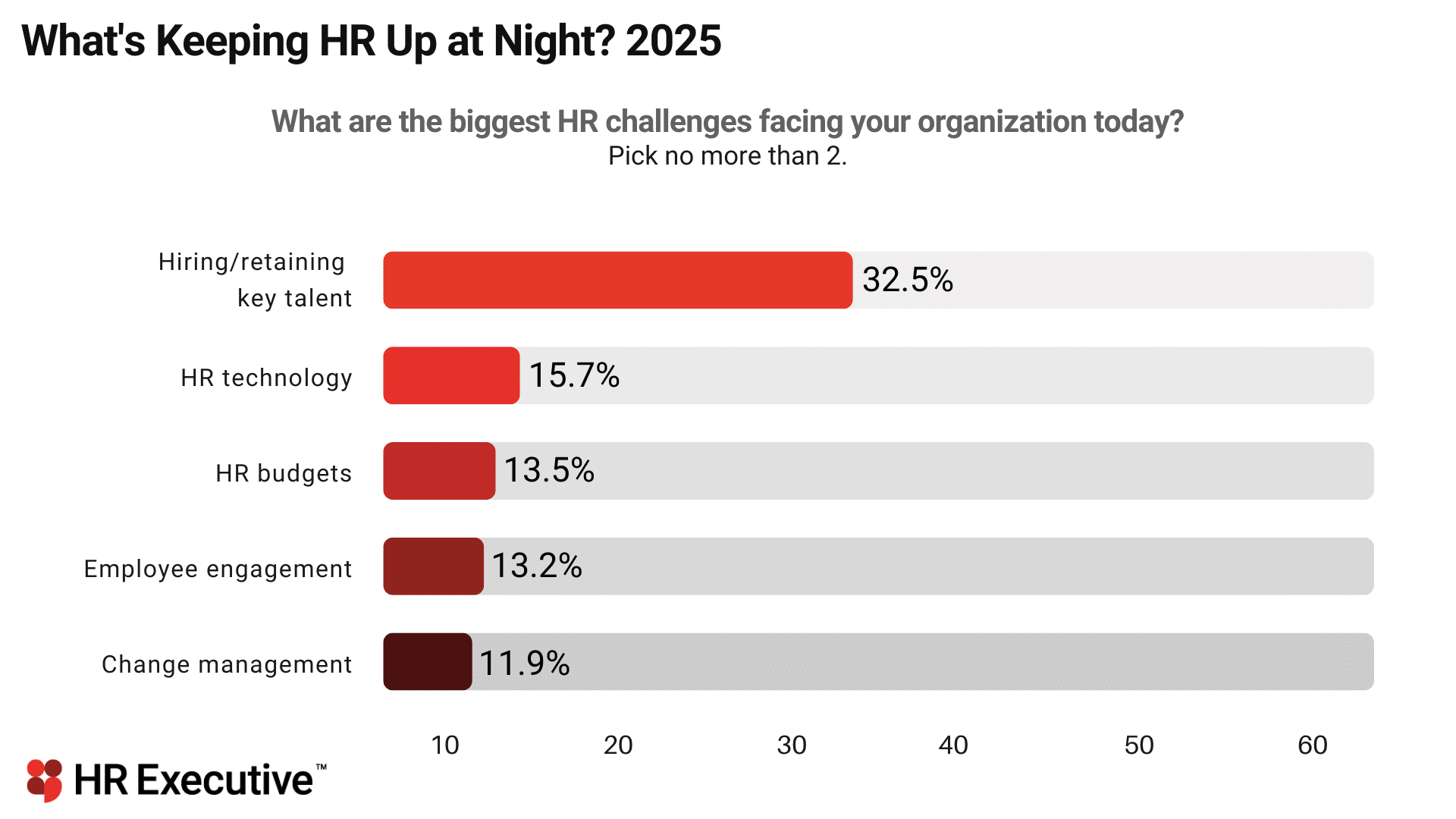Large U.S. companies are bolstering their adjusted earnings per share by excluding items such as litigation expenses and amortization of intangible assets from their net income, even as regulators scrutinize such practices, a new analysis finds.
The analysis, compiled by data provider Calcbench Inc. and Suffolk University, examined about 260 companies that were randomly chosen from the S&P 500. These companies took combined adjustments worth almost $182 billion in 2023, with an average value of $110 million per item, according to data first seen by Bloomberg.
Average adjusted net income in 2023 was nearly $3.1 billion per company, lower than the approximately $4 billion in adjusted net income per company in 2022 and consistent with the overall decline in net income under GAAP, or Generally Accepted Accounting Principles, Calcbench said.
Public companies have to follow GAAP — a set of agreed-upon accounting metrics — when they report their financial results. They can choose to provide non-GAAP measures in addition to that. The Financial Accounting Standards Board plans to ask the public by year-end whether it should define non-GAAP measures, given the inconsistencies that can arise when companies use these alternative accounting metrics.
U.S. regulators in recent years have become increasingly concerned with companies’ usage of non-GAAP measures, with the Securities and Exchange Commission sending letters to various businesses asking about the rationale for
Calcbench found that in 2023, companies reported average non-GAAP income that was $698 million or 29% higher than the GAAP-figure, directly translating into an increase in adjusted EPS. That’s less of a boost compared to the prior year. In 2022, non-GAAP net income was higher than GAAP income by an average of $1.095 billion per company.
However, the report lists an average of 6.3 reconciling items per company in 2023, compared to an average of 5.9 items the year before. Among the items that companies adjusted net income for in 2023 were amortization of intangible assets (33.3%), impairments (22.6%), stock-based compensation (14.7%), restructuring (11.3%) and litigation (13.5%).
“One thing to keep in mind is that the average number of adjustments in 2023 was higher than in 2022,” said Pranav Ghai, chief executive officer at Calcbench. “Non-GAAP is here to stay.”
Adjustments for litigation, amortization
Calcbench lists several adjustments as noteworthy, including a $11.6 billion litigation expense at manufacturer 3M Co., a $9 billion adjustment for amortization of acquired intangible assets at pharmaceutical firm Bristol Myers Squibb Co. and a $7.5 billion adjustment at pharmacy operator Walgreens Boots Alliance Inc. for legal and regulatory accruals and settlements.
Walgreens pointed to its most recent quarterly filing, in which it stated that in 2023, the company “recorded charges related to the opioid litigation settlement frameworks and certain other legal matters.” 3M, meanwhile, said it does not consider the litigation charge to be a normal operating expense related to its ongoing operations, revenue generating activities, business strategy, industry and regulatory environment.
A representative for BMS didn’t provide a comment.
“The reported findings continue to question the informative value of as-reported GAAP net income,” Calcbench said. There were two large impairments in 2022 by AT&T Inc. and Fidelity National Information Services Inc. totaling $41 billion that didn’t recur in 2023, resulting in a lower amount that year, according to Ghai.
Most, or 86% of examined companies, adjusted income upwards in 2023, meaning non-GAAP income was higher than GAAP income, whereas 14% adjusted it down.
Credit: Source link











